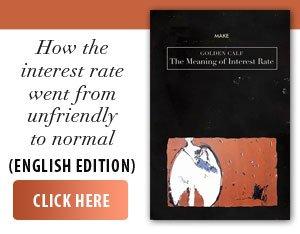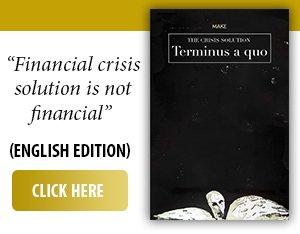The ancient barter is making a comeback in Russia's foreign trade for the first time since the 1990s, as Russian companies try to circumvent Western sanctions. Wheat for Chinese cars or flaxseed for construction materials - such exchanges illustrate the enormous pressure that international restrictions are putting on the world's largest natural resource-producing economy.
• Unprecedented Sanctions and Their Effects
From the annexation of Crimea in 2014 to the invasion of Ukraine in 2022, Russia has faced more than 25,000 sanctions imposed by the United States, the European Union and its allies. The harshest measures - such as disconnecting Russian banks from the SWIFT system or Washington's warnings to Chinese financial institutions - have drastically reduced traditional payment channels. In this context, Chinese banks are hesitant to accept money from Russia, fearing that they will be included in the list of secondary sanctions. The result: companies are looking for alternatives that are harder to track, such as barter.
• Official guide to barter transactions
The Ministry of Economy in Moscow went so far as to draw up, in 2024, a "Guide to Foreign Barter Transactions”, in which it recommends this method to companies. The document even proposes the creation of a special exchange platform, similar to a barter exchange, justifying its initiative by the "restrictive conditions created by sanctions”.
• Examples of trade exchanges
Reuters has identified several barter transactions: Chinese cars offered in exchange for Russian wheat; flax seeds for household appliances and construction materials; metals delivered to China in exchange for industrial goods or services; aluminum used as a means of payment for Chinese companies. The exact value of these operations is difficult to estimate, but trade sources say that the phenomenon is growing.
• Lessons from the 1990s
After the collapse of the USSR, barter was widely used, but it caused economic chaos. Chains of contingent exchange created price confusion, inflation, and opportunities for speculators. The major difference today is that Russia is not facing a shortage of money, but external financial restrictions that limit its access to the global payment system.
In addition to barter, Russian companies are using other methods: "payment agents” who broker transactions for a commission; branches of Russian banks in China, such as VTB in Shanghai; cryptocurrencies pegged to the US dollar; direct cash transfers or multilateral netting. "The economy survives by using 10-15 different payment methods simultaneously,” explained Sergey Putyatinsky, vice president of the Russian financial company BCS.
The return of barter shows not only the ingenuity of Russian companies in the face of sanctions, but also the fragility of international trade relations in a tense geopolitical context. If in the 1990s barter was a solution to the lack of money and hyperinflation, today it is becoming a tool to maintain trade flows in an economy isolated from global financial markets.


















































